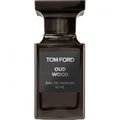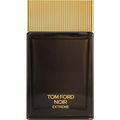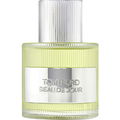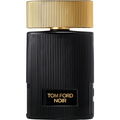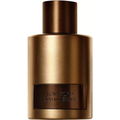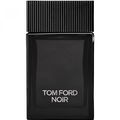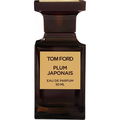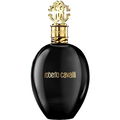We may earn a commission when you buy from links on our site, including the eBay Partner Network and Amazon.
/ 10
16 Ratings
A perfume by Tom Ford for women, released in 2008. The scent is sweet-fruity. It is being marketed by Interparfums.
Compare
Compare
Main accords
Sweet
Fruity
Floral
Synthetic
Fresh
Fragrance Pyramid
 Top Notes
Top Notes  Pear
Pear  Cherry blossom
Cherry blossom  Heart Notes
Heart Notes  Rose
Rose  Orange blossom absolute
Orange blossom absolute  Base Notes
Base Notes  Amberwood
Amberwood  Vanilla
Vanilla Perfumer
Videos
Watch video
Ratings
Submitted by Franfan20, last update on 12/09/2021.
Smells similar
What the fragrance is similar to
Statements
1 short view on the fragrance
Blkbrd 7 years ago
Neither ballet fantasy nor ballet reality. A soft, warm cherry blossom with astringent fruit up top and vanilla below, and a secondary rose.
5
Charts
Images
5 fragrance photos of the community
More images







 Blkbrd
Blkbrd